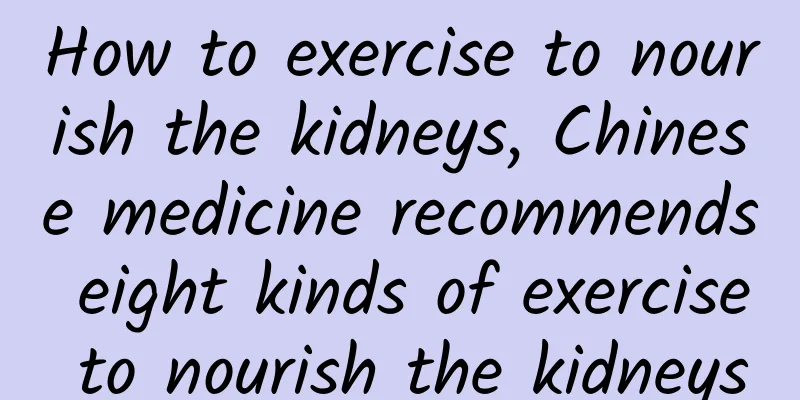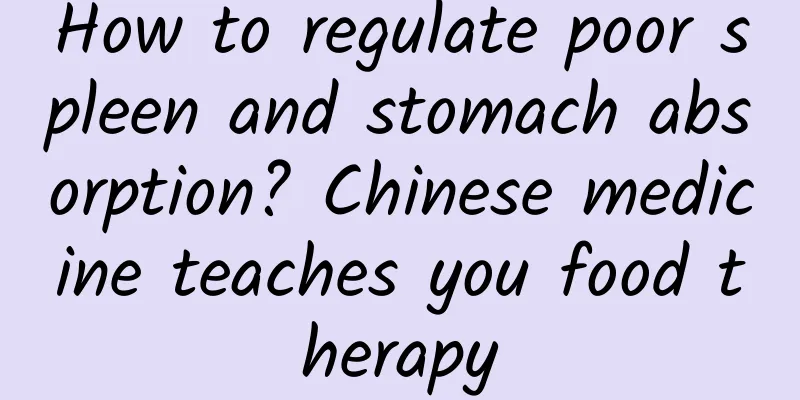What is cerebral infarction?

|
Cerebral infarction is a disease caused by impaired blood circulation in the brain, which is very harmful to patients. The characteristics of cerebral infarction are high incidence, high disability rate, high mortality and recurrence rates, and many complications. Therefore, in daily life, we must strengthen the prevention of cerebral infarction, especially when cerebral infarction occurs, timely rescue is also very important. What is cerebral infarction? 1. Flaccid paralysis: When one side of the limbs continues to be flaccid and without reflexes for 4-5 days, it is often impossible to regain normal function; if the recovery of tendon reflexes is not accompanied by the recovery of voluntary movements, the recovery of valuable motor function is poor. 2. Spasticity of the limbs in spastic paralysis usually becomes obvious 1-3 weeks after onset. The prognosis is generally better than that of flaccid paralysis, but it cannot be finally determined until some voluntary movements appear. 3. Sensory loss rarely occurs alone, but position sense impairment combined with motor dysfunction often makes functional recovery significantly difficult. 4. Expressive aphasia generally has a good prognosis and can be recovered. 5. The prognosis of sensory aphasia is poor. Retraining becomes difficult because the patient cannot understand. 6. The prognosis of complete aphasia is poor. 7. The prognosis of dysgraphia depends on whether the patient can easily write with normal non-dominant hands. 8. Dysarthria is a motor disorder of speech and generally has a good prognosis. 9. Dysphagia Almost Always Improves 10. Homonymous hemianopsia can be alleviated, but it is permanent 11. Pseudobulbar palsy rarely recovers Rehabilitation exercises (1) Face washing: Start by using your healthy hand to wash your face, rinse your mouth, and comb your hair. Then gradually use your affected hand to assist your healthy hand. (2) Changing clothes: Clothes should be loose, soft and simple in style. When dressing, put on the paralyzed side first, then the healthy side. When undressing, take off the healthy side first, then the affected side. The order of putting on pants is the same as putting on a shirt. (3) Bathing: Initially, assistance is required. Showering or bathing is acceptable. Bathing time should not be too long. Gradually increase the frequency of bathing. Then, allow the patient to try bathing alone. (4) Eating actions: Feed the patient in the early stage of the disease, then gradually try to feed the patient by himself. Semi-liquid food is also appropriate during the recovery period, and then gradually transition to a normal diet. People with dysphagia should use nasogastric feeding, and can later practice eating by mouth with the nasogastric tube. Still use liquid or paste diet, and the nasogastric tube can be removed only when there is no choking or reflux while eating. (5) Bowel training: If there is constipation, urinary retention or incontinence, appropriate treatment is required. Patients usually defecate in bed in the early stages, and after being assisted or trained by family members in the relevant movements, the patients can then take care of themselves. (6) Household chores: On the basis of being able to take care of themselves to some extent, they can engage in simple household chores, such as folding quilts, washing dishes, opening and closing doors and windows, etc., or perform other cerebral infarction rehabilitation exercises such as drying quilts outdoors and planting flowers. |
<<: Treatment of cor pulmonale and heart disease
>>: What diseases can brain protein hydrolysate treat?
Recommend
How to treat a weak constitution
The general physique of different people is diffe...
Chinese patent medicine for dispelling dampness and cold
Traditional Chinese medicine believes that the st...
Treatment of incarcerated internal hemorrhoids
After the occurrence of incarcerated hemorrhoids,...
After menstruation, there is blood in the leucorrhea
Leucorrhea is a common phenomenon among women. Ge...
How to repair thin skin on face
People are very concerned about appearance, and a...
Reasons for slow growth of babies
In our country, many babies are born with a disea...
What to do if fat particles grow on lips
For women, they generally hope to have a smooth f...
What's wrong with weak legs?
Generally, when people experience weak legs, it i...
How long does it take for ovulation to occur after leucorrhea becomes sticky
It is well known that leucorrhea can reflect many...
What can you eat to clear your lungs and reduce phlegm? Three recipes you can choose regularly
Clearing the lungs and reducing phlegm is somethi...
How long does a woman need to rest after miscarriage?
Just like giving birth, miscarriage requires conf...
How to promote testosterone secretion
Testosterone is a very important hormone for men,...
How many weeks is it appropriate to do 4D color Doppler ultrasound
I believe that women who have been pregnant shoul...
What to do if your child has cough, wheezing and phlegm
Children often cough and have phlegm due to colds...
What are the symptoms of anal incontinence?
Many people suffer from anal incontinence because...









